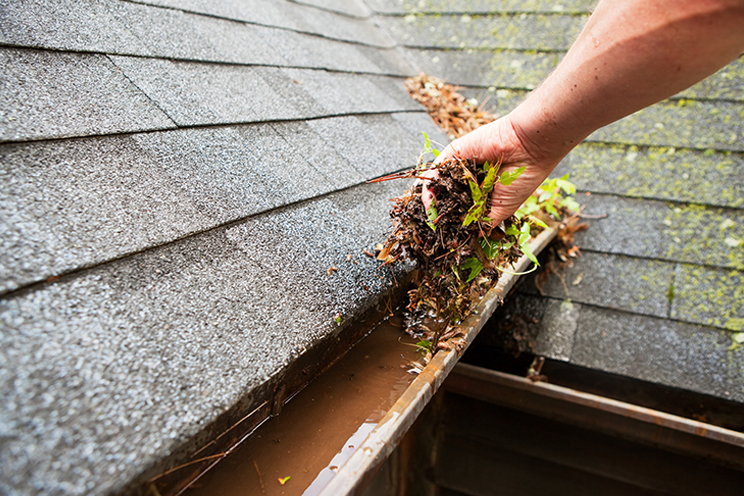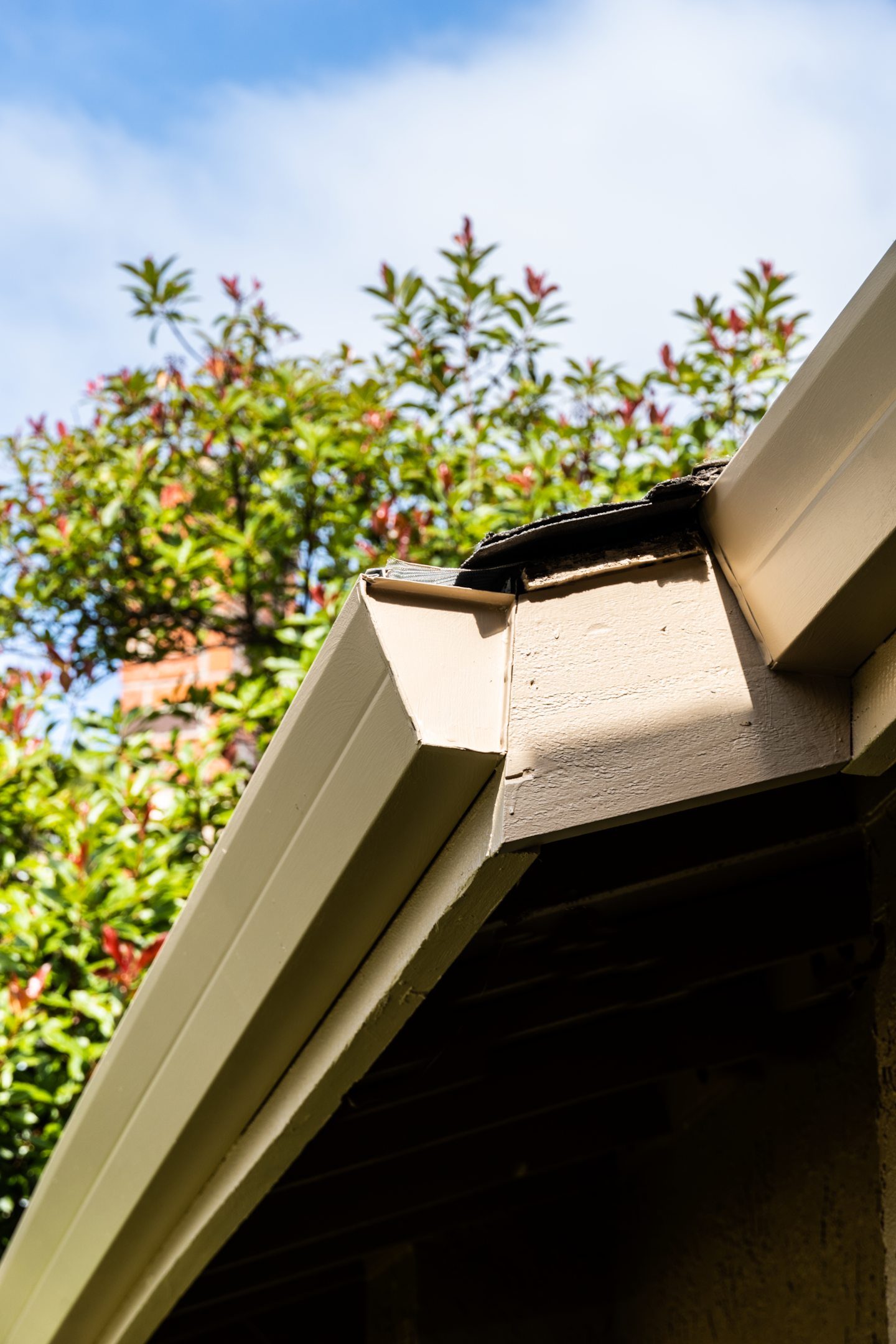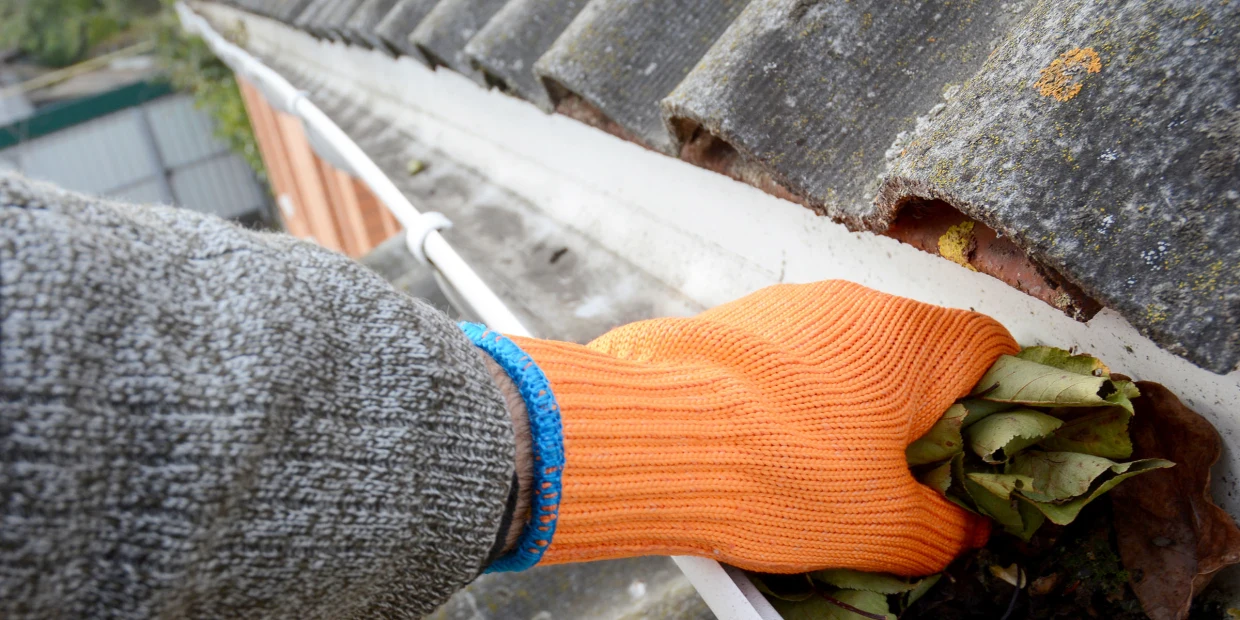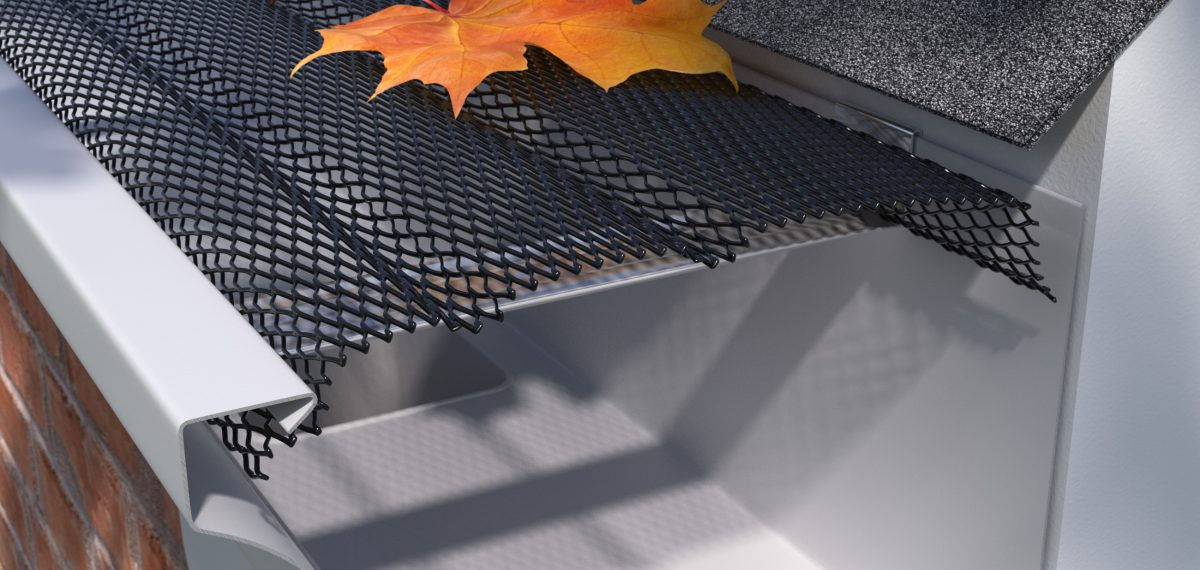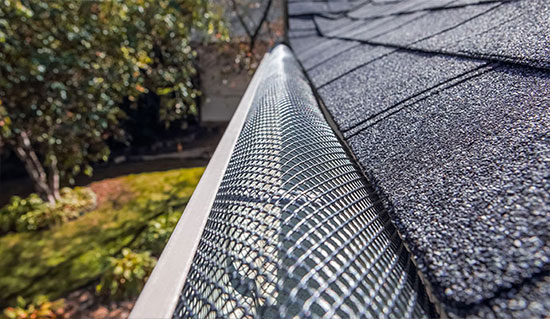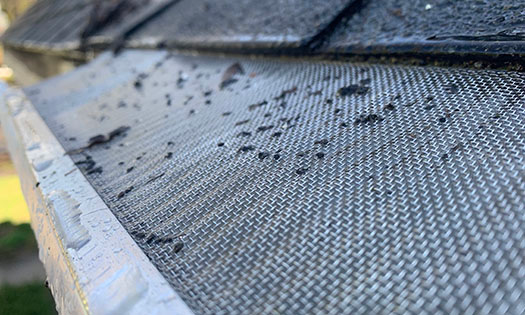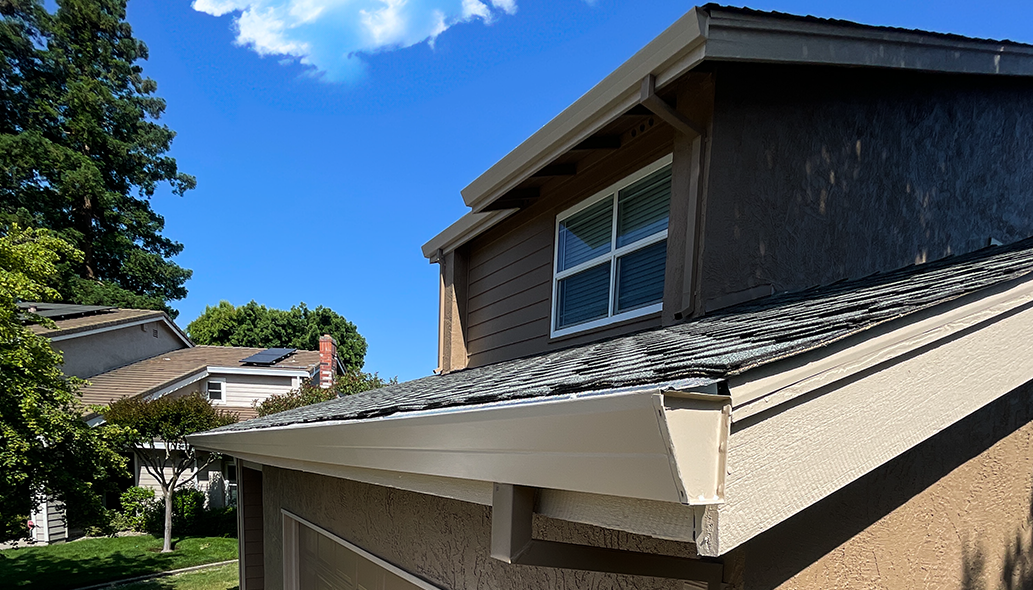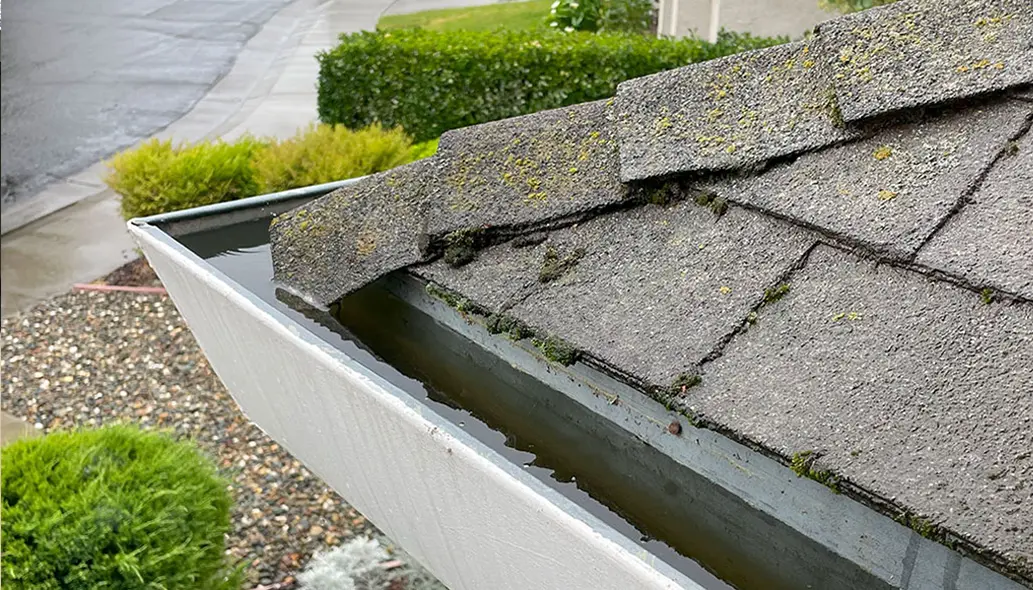Introduction:
Welcome to QualityFirstHome.com, your go-to source for all things home maintenance. Today, we’re diving deep into the world of gutter guards, unraveling the misconception that they’re entirely maintenance-free. While gutter guards offer excellent protection against debris, understanding their maintenance needs is crucial for preserving the integrity of your home. In this comprehensive guide, we’ll explore the types of gutter guards, delve into the frequency of cleaning, their costs and provide valuable tips to ensure your gutters remain in top-notch condition.
Understanding Gutter Guard Maintenance:
Do gutter guards require maintenance?
Yes, gutter guards do require maintenance. The belief that gutter guards eliminate the need for any upkeep is a common misconception. The frequency and level of difficulty in maintenance, however, depend on the type of building with gutter guards installed.
Exploring Gutter Guard Types:
Mesh Screens:
How often do mesh screens need maintenance?
Mesh screens are effective to protect against large debris but can accumulate smaller particles. It’s recommended to perform maintenance once or twice a year, depending on your local environment.
Micro-Mesh Guards:
Are micro-mesh guards maintenance-free?
While micro-mesh guards excel at blocking small debris, they can still get clogged. Annual inspections and cleaning are advisable to ensure optimal performance.
Reverse Curve Guards:
Do reverse curve guards need maintenance?
Designed to allow water flow while preventing debris entry, these guards still require occasional cleaning, especially in areas with heavy foliage.
Addressing the Level of Difficulty:
How difficult is it to maintain gutter guards?
Maintenance difficulty varies based on factors like guard type, materials, environment, and personal comfort with DIY tasks. Some homeowners may opt for professional cleaning companies, especially if gutters are hard to reach or if debris is abundant.
Tips for Effective Gutter Maintenance:
Regular Inspections:
Conduct visual inspections of your gutters and guards to identify any signs of blockages or damage. Early detection and repairs can prevent more significant issues down the line.
Bi-Annual Cleaning:
Clean your gutters and guards at least twice a year, preferably in spring and fall, to remove accumulated debris and ensure smooth water flow.
DIY Cleaning Tips:
If you choose to clean the gutters yourself, use a sturdy ladder, wear protective gear, and scoop out debris with a trowel or scoop. Flush the gutters with a hose to remove remaining dirt.
Trim Overhanging Branches:
Minimize debris by trimming branches hanging over the roof. This proactive measure reduces the likelihood of leaves and twigs entering the rain gutters.
Install Gutter Brushes:
onsider adding gutter brushes alongside guards to provide an important additional barrier against debris. These brushes are easy to install and offer extra protection.
Professional Assistance:
If DIY isn’t your preference or if your gutters are challenging to access, hiring a professional cleaning company ensures a thorough job and a service that saves you time and effort.
How Often Should Gutters with Guards be Cleaned?
Gutters with guards should be cleaned at least twice a year. Regular cleaning, even with guards in place, is essential to maintain the effectiveness of the equipment in the system and prevent potential issues like water damage, mold, and pest infestations.
Conclusion:
In conclusion, the myth of maintenance-free gutter guards has been debunked. Gutter guards, while incredibly useful, still require regular attention to ensure they function optimally. By understanding the maintenance needs, choosing the right type of guards, and implementing proactive cleaning practices, you can enjoy the benefits of a well-maintained gutter system. Remember, a little effort in maintenance goes a long way in protecting your home and preserving its value. Stay informed, stay proactive, and enjoy the peace of mind that comes with maintaining a well-maintained gutter system.

